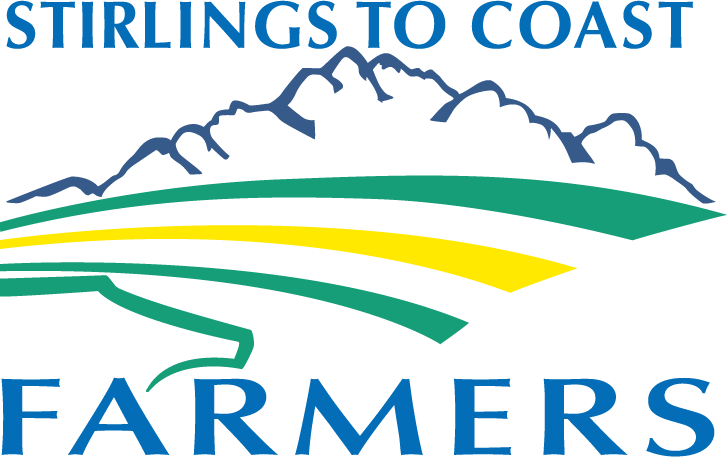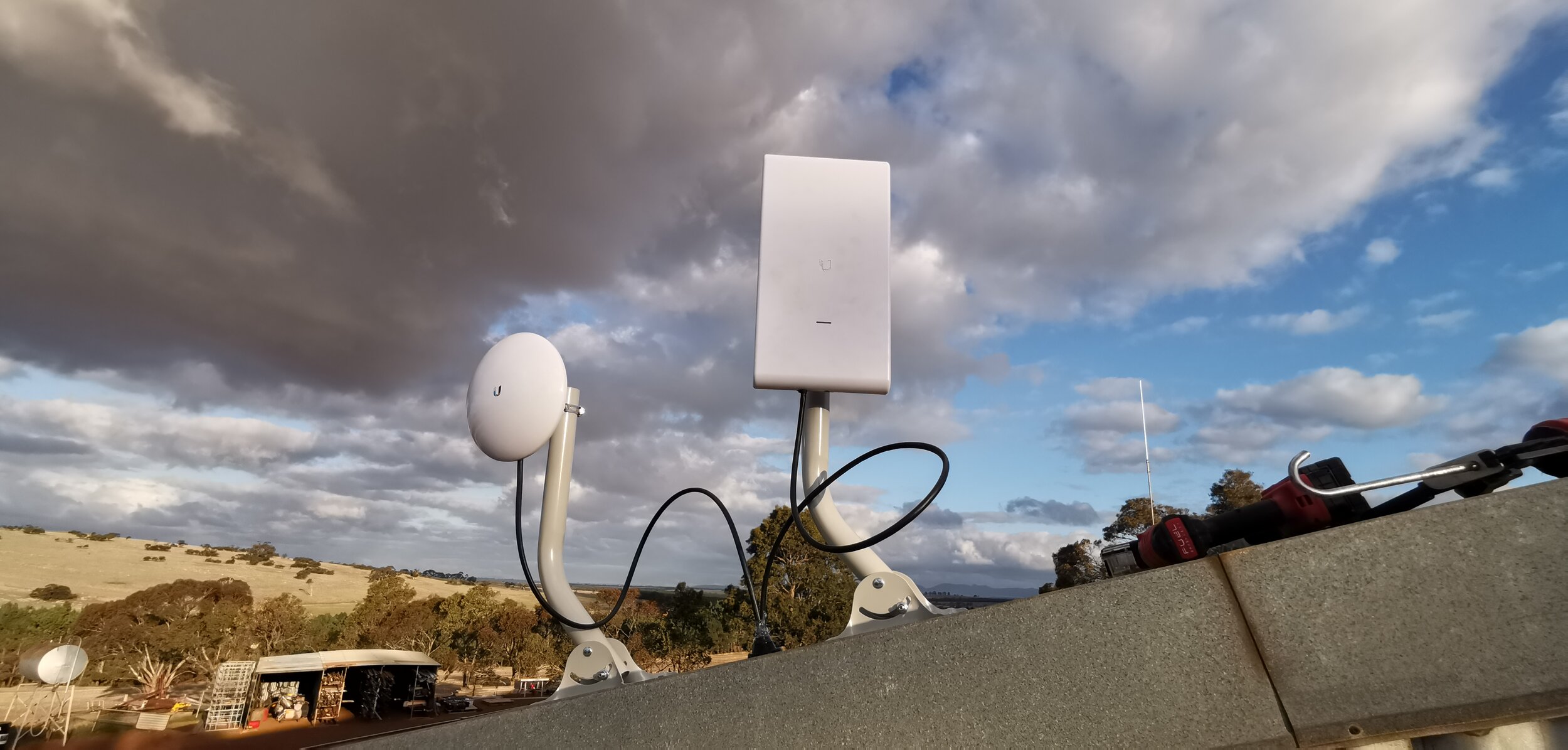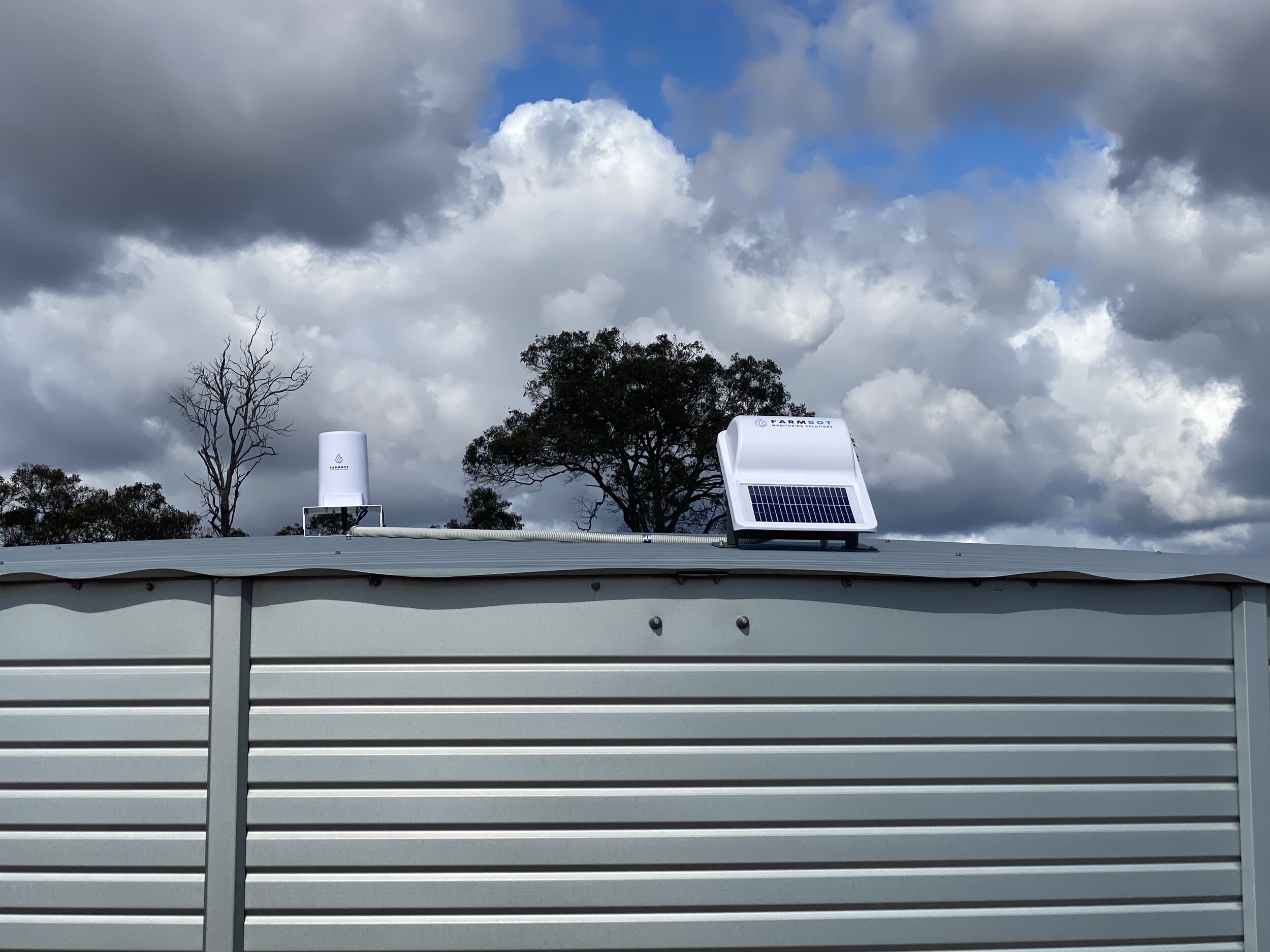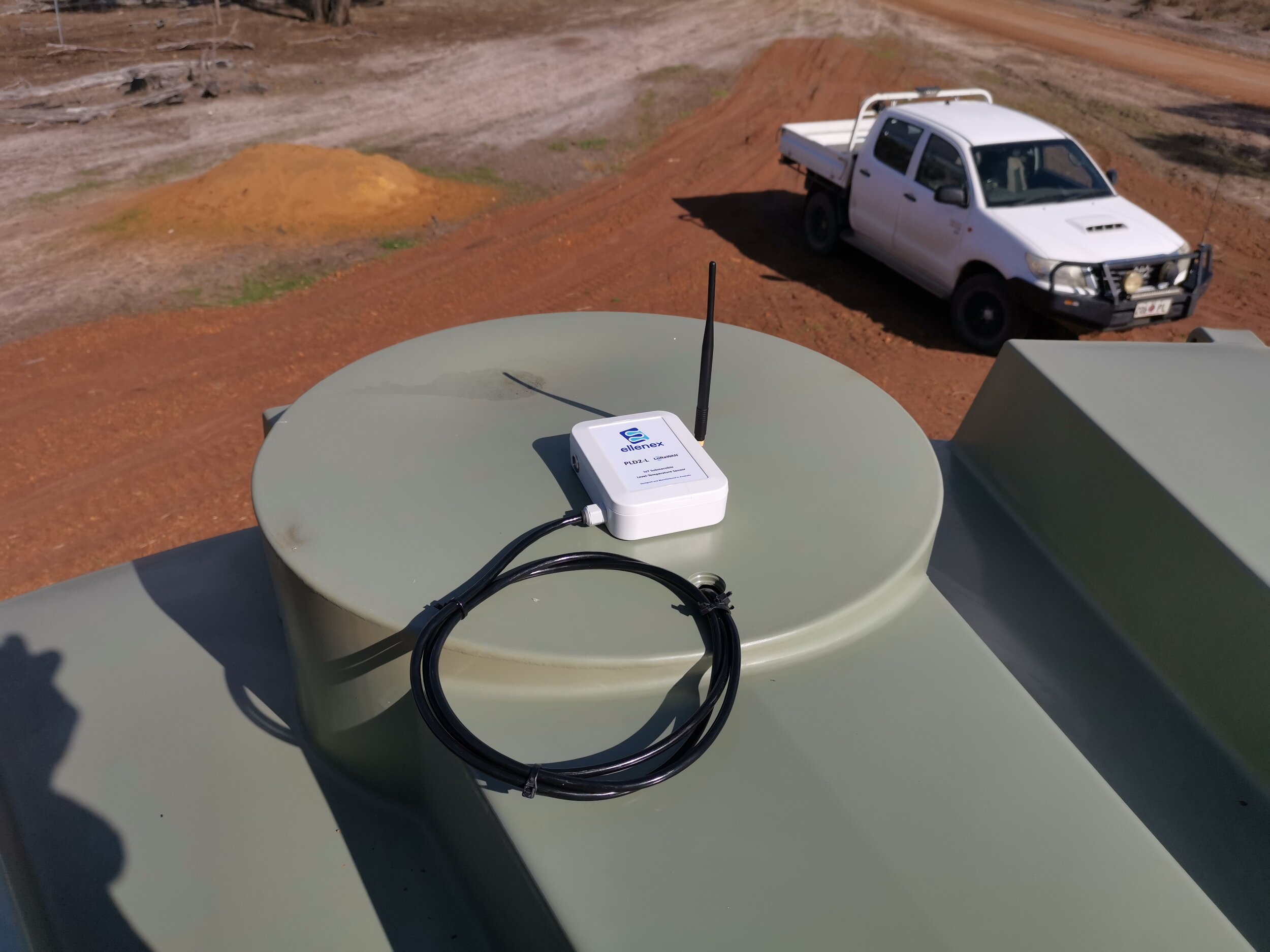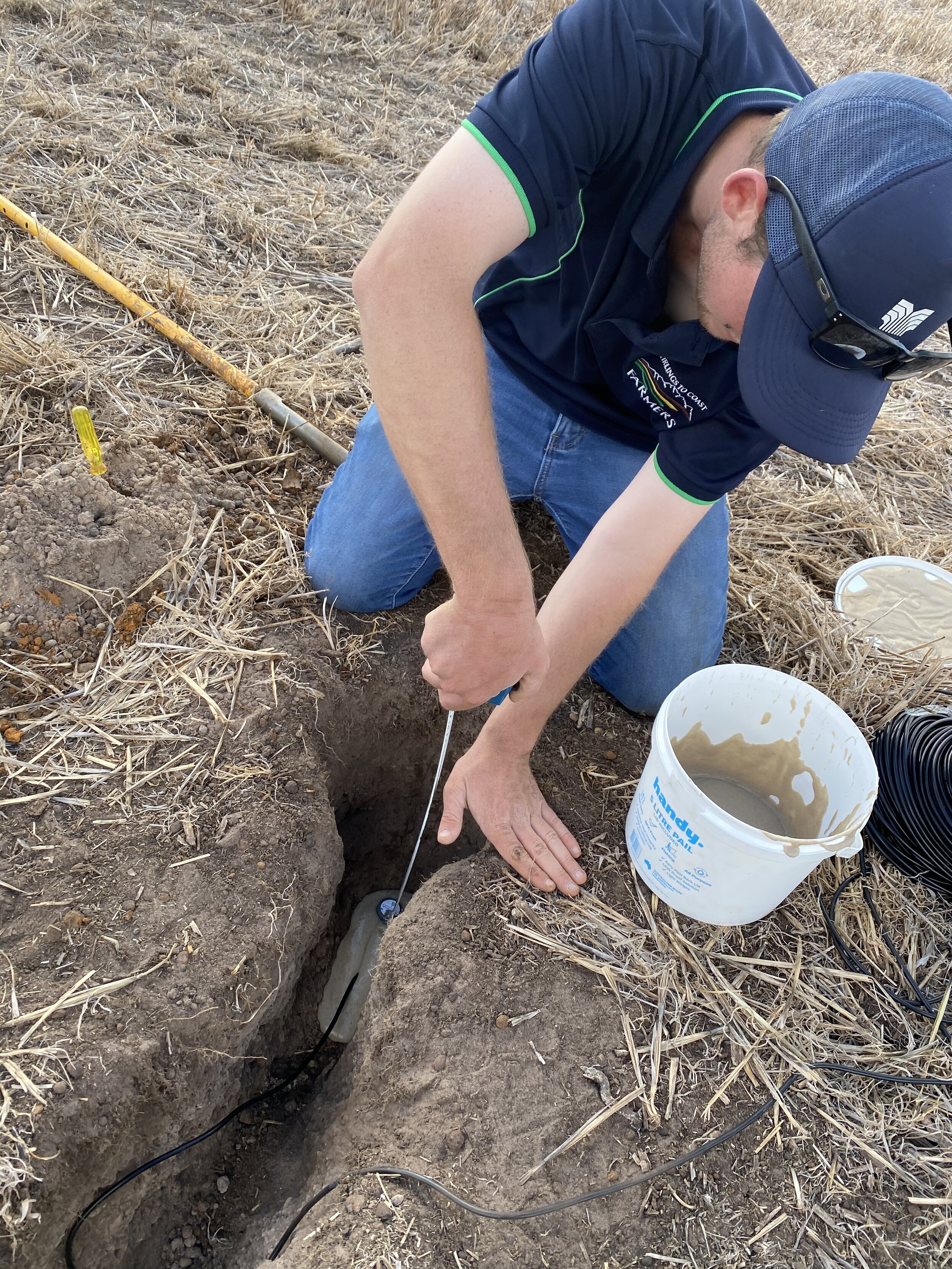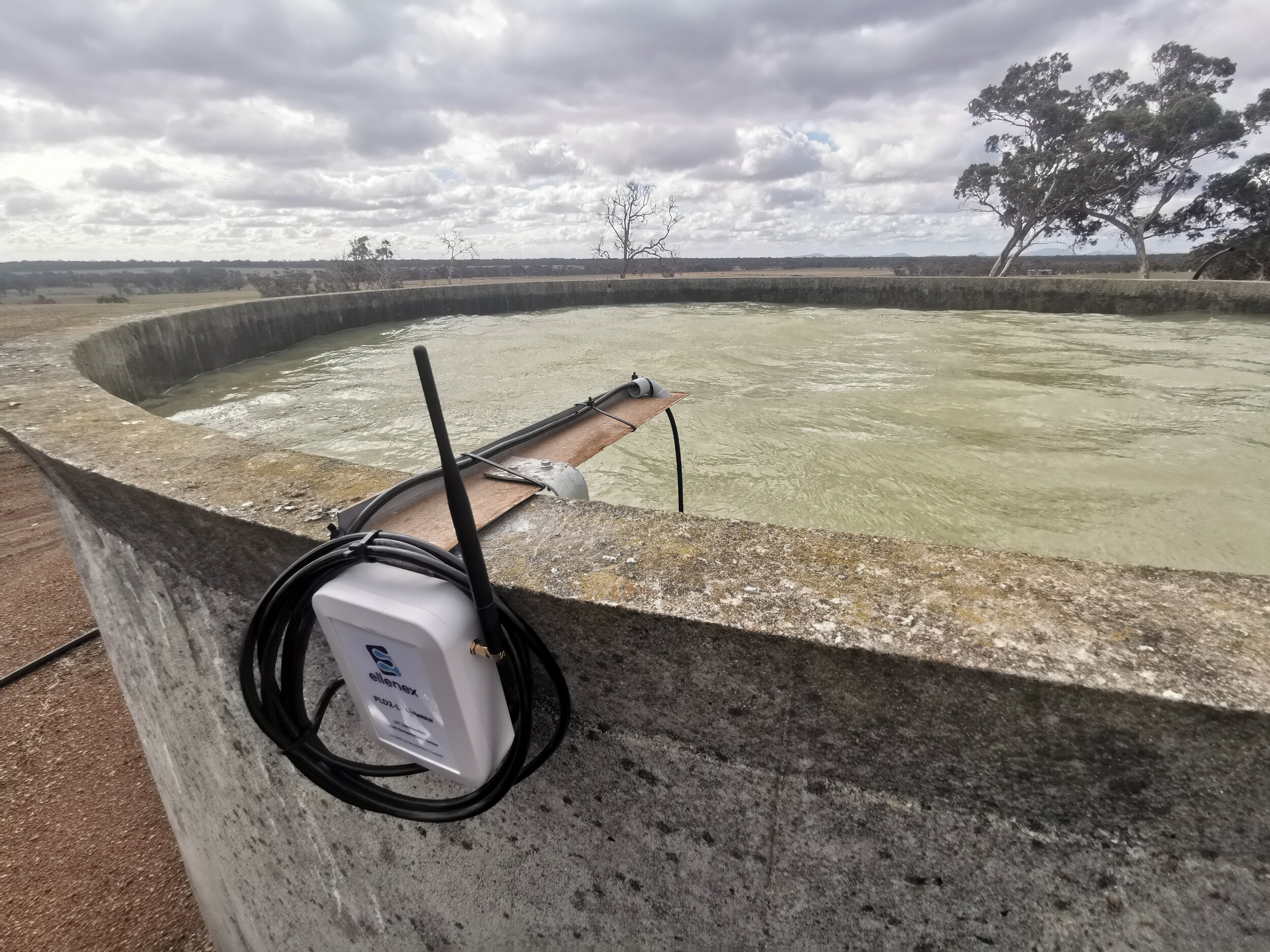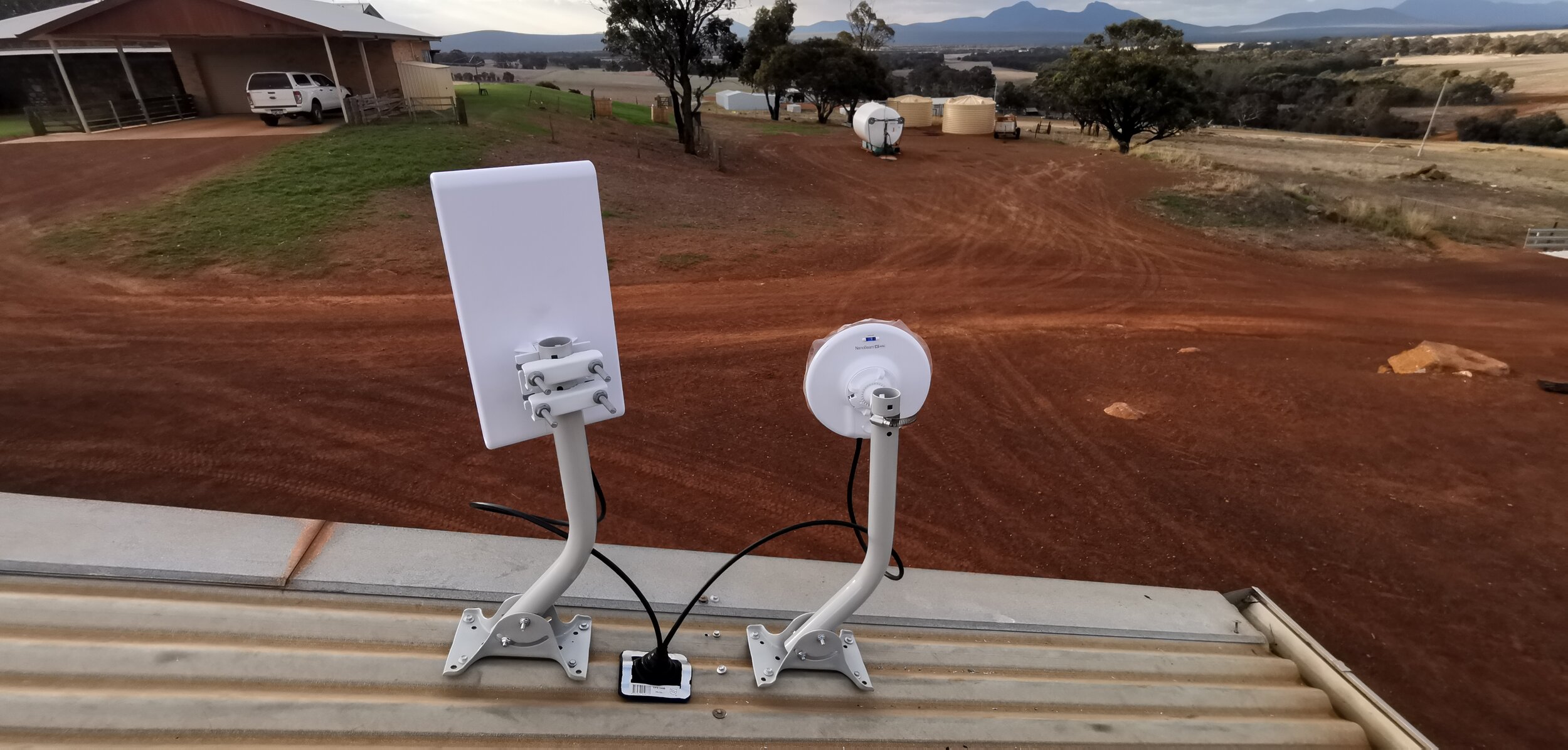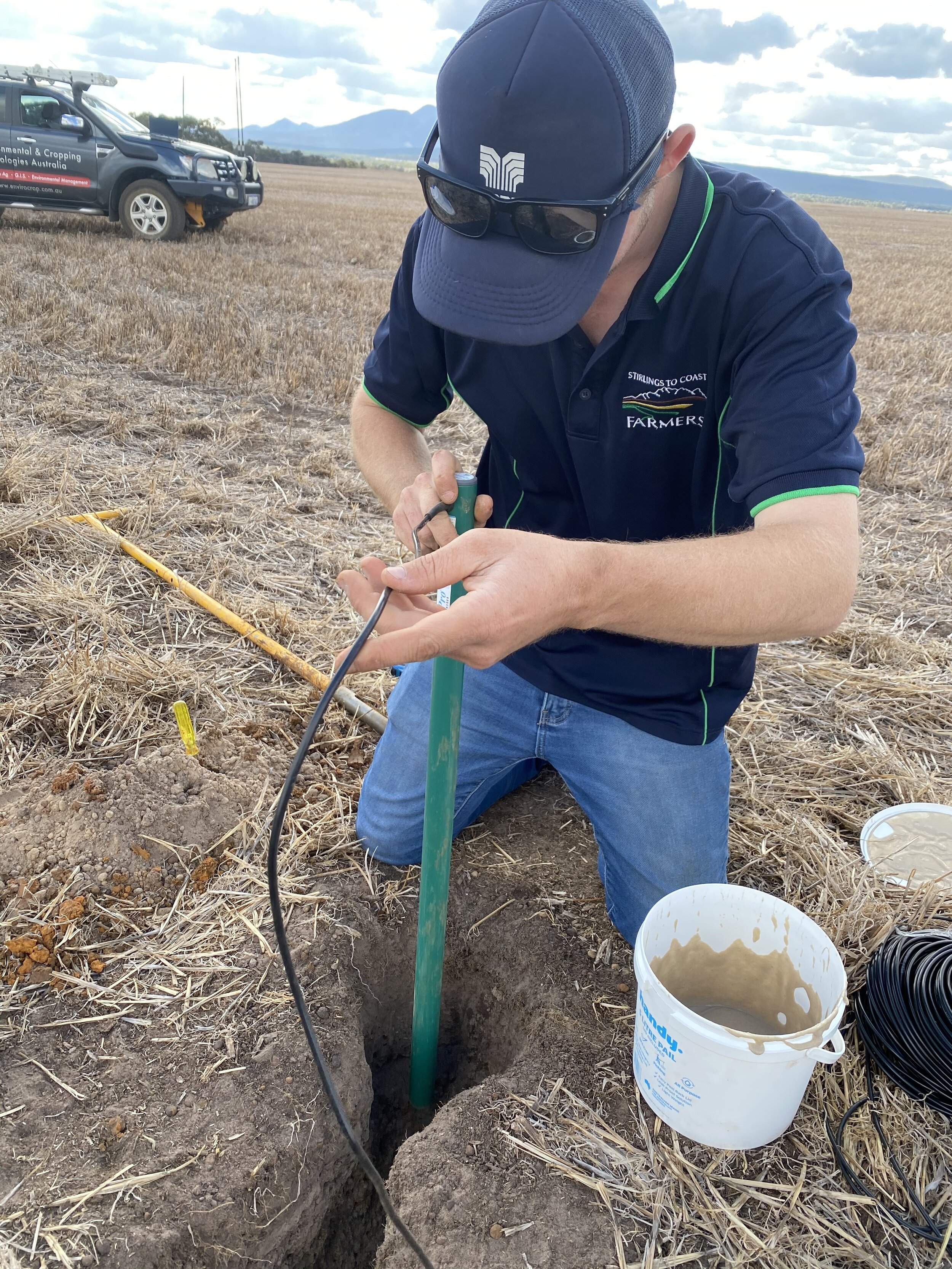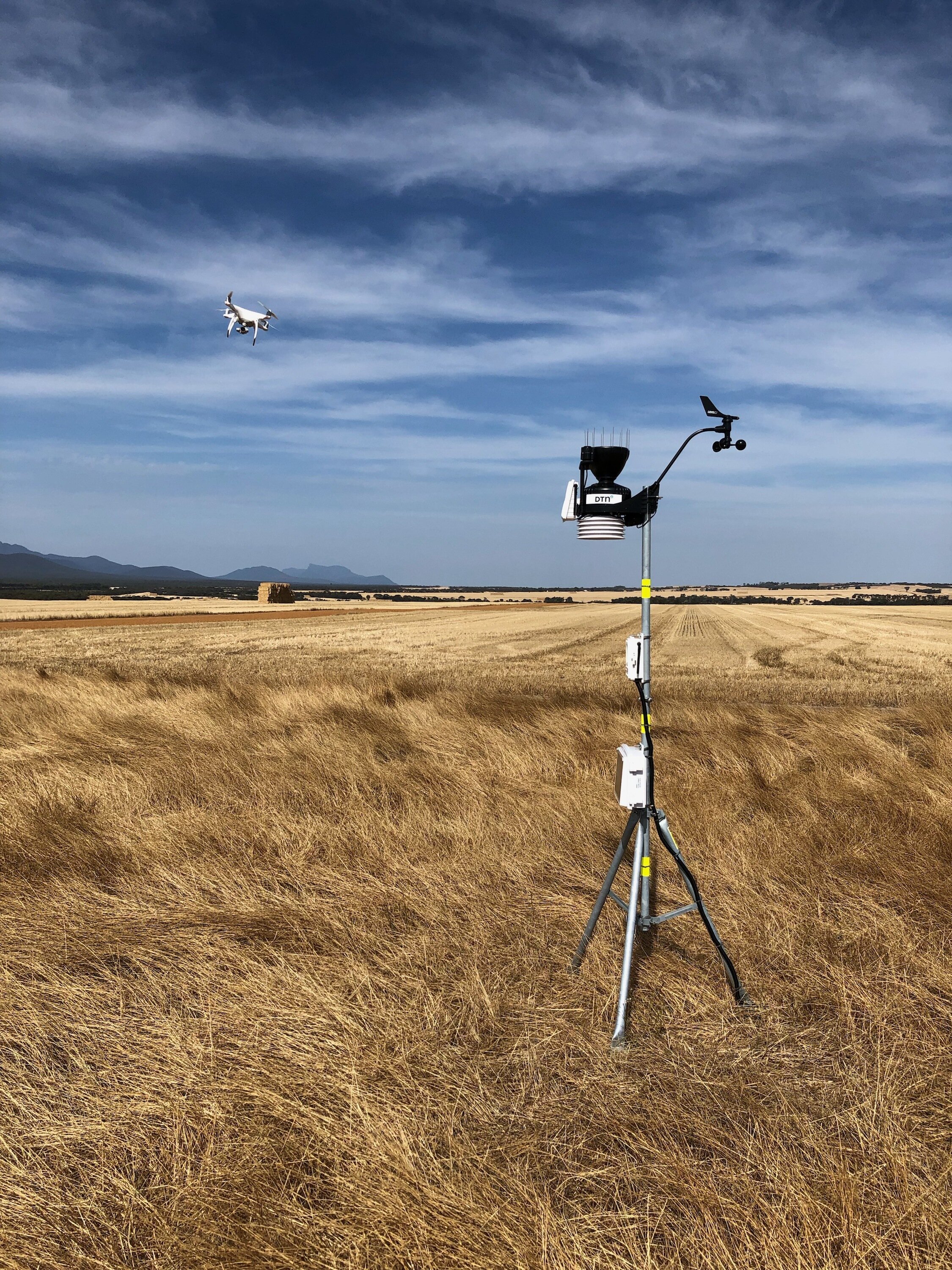Smart Farm Initiative
Key Considerations when implementing Smart Farm Technologies
Consider the long-term cost-benefit of implementing IoT, rather than just the upfront price. Significant savings can be made on tank monitoring & remote rain-gauge technologies.
Identify your on-farm problems before choosing your sensor. Consider current sensors available, and where you might like to head in the future.
Determine what sensor networks currently exist in your area before choosing your connectivity method. Cellular base stations may be a more cost-effective solution than LoRaWAN or Sigfox.
Make sure the system is fit for purpose, well designed, and you have access to excellent customer support. Things won’t always work!
Some sensors have their limitations, so make sure you select the right sensor for the purpose. For handy sensor selection hints, check out the SCF Smart Farms Workshop Manual or request a free copy directly from Philip.
Overview
The Stirlings to Coast Farmers (SCF) Smart Farm Initiative is a three-year project that road-tests and implements a range of digital tools & technology, to show how farmers can improve yield and productivity through technology adoption, learning and awareness.
Established in 2019, SCF currently has two fully established smart farms (Woogenellup & West Kendenup), with a third demonstration site located in South Stirlings being installed now. Key learnings will continue to be extended to members, with additional trials and installations completed on other members properties.
What new technology will be tested by the initiative?
Yield Mapping
Analysing, cleaning and assessing yield data collected from harvester data since 1996.
Multi-Year Standardised Yield Analysis
Multi-Year standardized yield analysis involves importing each year’s (and its associated crop-types) yield map for a particular paddock, assigning a 0 – 100% scale against lowest to highest yields, and then layering each map on-top of each other to show regions that are consistently low, medium and high yielding. From here, we have analysed “dry-only”, “wetonly” or “average” years and gain a better understanding of in-field variability. This data is then used in Variable Rate (VR) applications.
3m High Resolution Satellite Imagery
SCF have access to 3mx3m satellite imagery of biomass which helps the R&D and Smart Farms teams better visualise variation across the Smart Farm VR trial-sites.
Variable Rate Trial Analysis
Utilising the multi-year standardised maps and farmer knowledge, the SCF team devised a variable rate map with rates based off production zones. To further analyse zone efficiency, a replicated variable trial was implemented within the paddock across the variable rate map. Yield data is later imported and analysed to provide trial rate response statistics.
SMART FARM EQUIPMENT TRIALS INCLUDE:
Farm Security
SCF have had HikVision security cameras installed at one of the Smart Farm Demonstration sites, with a second site in the process of having WatchDog branded camera equipment installed shortly. These high-quality, low-cost cameras consistently record footage, storing data both internally in the camera and also externally on a Network Video Recorder (NVR).
Additional Farm Weather Stations & SCF Member Network
Extending beyond the two original smart farms, a further 12 Davis Weather Stations have been installed throughout the Amelup, Green Range, Palmdale, South Stirlings and Takalarup areas. These are in addition to the existing two stations previously installed at the two-original smart farms. This data is being fed into the DTN hyper-local forecasting models to build forecast accuracy throughout our membership area.
Hyper-Local Weather Forecasting
In Partnership with DTN, SCF is presently testing the application of internet-connected weather-stations that utilise predictive weather forecasting models. These systems
use an adaptive learning model, where current weather data is compared against predicted weather, across a range of Davis and DAFWA weather-stations.
RESOURCES
2020 PUBLICATIONS
2021 PUBLICATIONS
Acknowledgements
The Smart Farms Initiative is funded by the Department of Primary Industries and Regional Development IoT DecisionAg Grant Program & the National Landcare Program (NLP2).
For further information on the Smart Farms Initiative, please contact Philip Honey on 0428 768 589 or philip.honey@scfarmers.org.au
